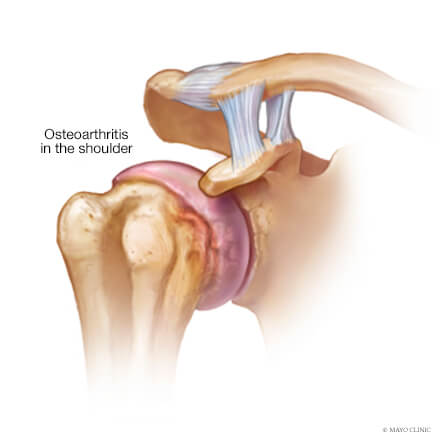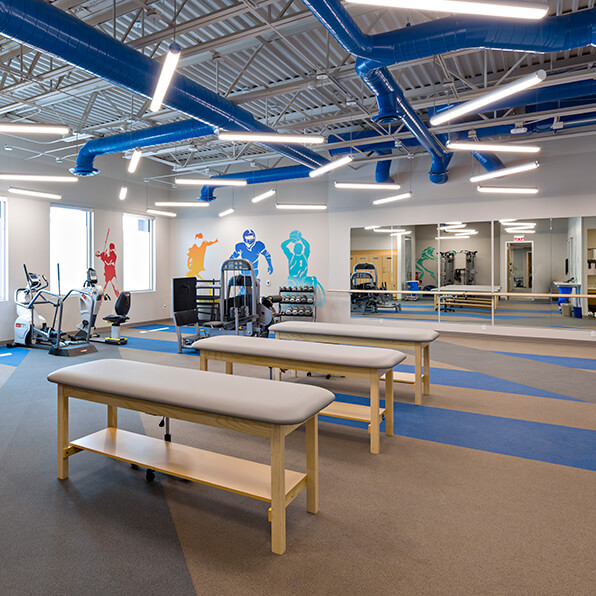
The two main bones that make up the shoulder (glenohumeral) joint are the scapula (shoulder blade) and the humerus (upper arm bone). Where these two bones meet, the glenohumeral joint, they are covered with cartilage. This allows for smooth joint motion with minimal friction. When there are injuries to this cartilage, joint motion can become painful, restricted, and no longer smooth. Injuries to the cartilage of the shoulder can vary in terms of the location and severity. They range from very small injuries in the cartilage on one side of the joint to complete loss of all cartilage on both sides of the joint.
When the injury affects only a small area, it is referred to as a focal cartilage defect. When the cartilage wear is larger or more diffuse, it is typically referred to as arthritis. While focal defects tend to occur in younger or middle age patients and arthritis tends to occur in older patients, both can occur in patients of any age.


